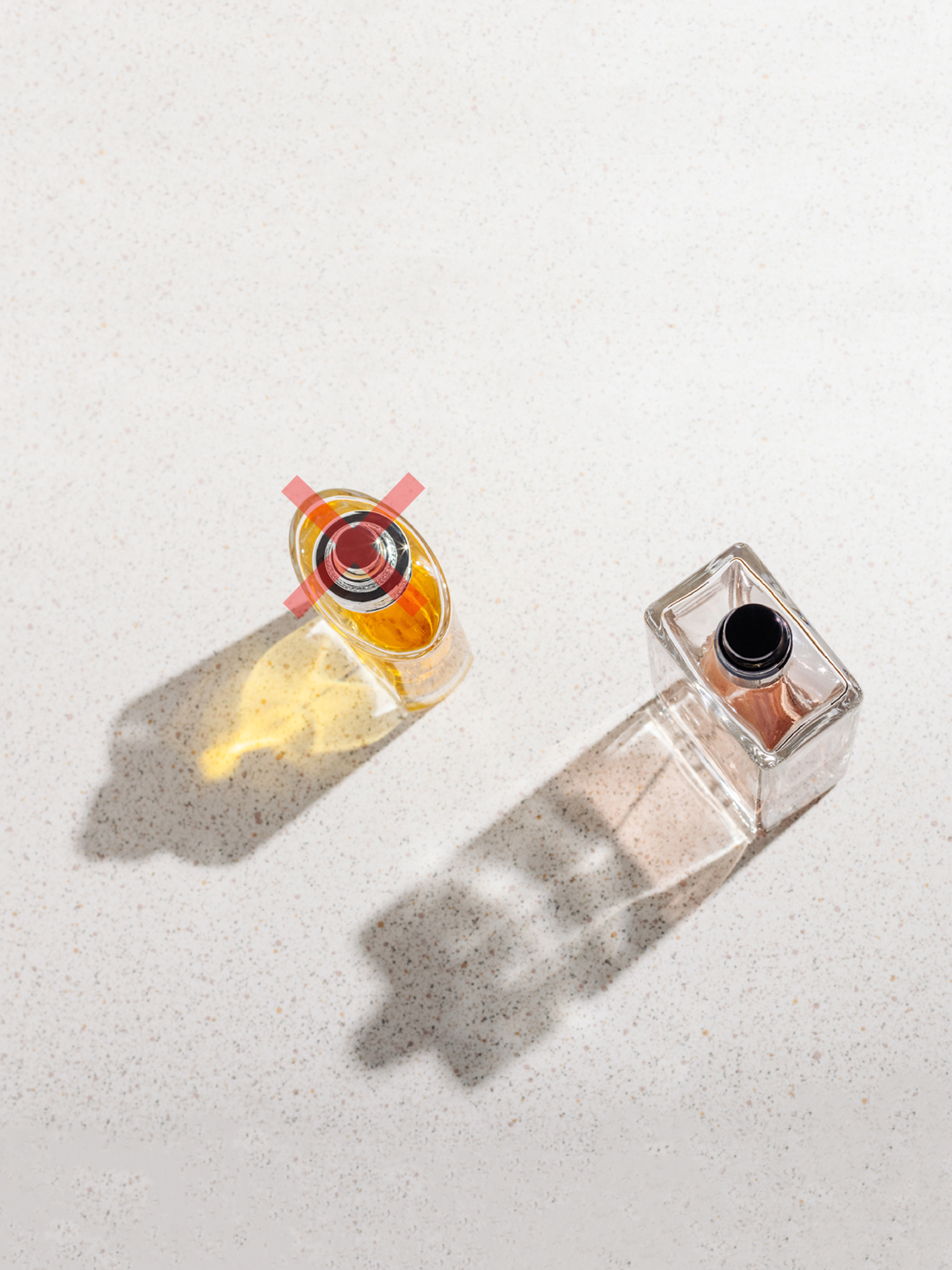The Paris Judicial Court acknowledged the existence of a likelihood of confusion
Does the reproduction of a trademark within a composite mark necessarily imply a likelihood of confusion?
The case law of the Court of Justice of the European Union — notably the “Thomson Life” judgment of October 6, 2005 — establishes that there may indeed be a likelihood of confusion when the earlier mark, reproduced within a later sign containing other elements, retains an “independent distinctive position.”

According to this jurisprudential notion, a likelihood of confusion may be established even when additional elements are added to the contested sign, if that sign reproduces in full, or in its distinctive elements, the earlier mark.
The Paris Judicial Court applied this notion in a decision dated December 1, 2023.
Background of the case
On the occasion of the launch of a new perfume called “Gaultier Divine”, the owner of the French word mark “Divine”, filed in 1929 and designating perfumery and beauty products, together with the company Marketing Beauté Associés, the exclusive licensee of this mark, brought an action for infringement and unfair competition against the company Puig.
The claimants also sought the partial invalidation of the trademark “Gaultier Divine” for perfumery products.
The Court therefore had to assess the likelihood of confusion between the marks “Gaultier Divine” and “Divine.”
Court’s assessment
In its defense, Puig argued that there was no likelihood of confusion, on the basis that:
- the term “Divine” had weak distinctiveness, notably because over 100 marks designating similar products contained this term,
- the sign “Gaultier Divine” should be perceived as an indivisible whole,
- the prominent positioning of the renowned “Gaultier” mark at the beginning of the sign “Gaultier Divine.”
These arguments were dismissed by the Court, which instead considered that consumers would be led to believe that the products shared a common commercial origin. It was held that the term “Divine” retained an independent distinctive position within the sign “Gaultier Divine,” given:
- the absence of any semantic link between the two words “Gaultier” and “Divine,”
- the predominant emphasis placed on “Divine” on the perfume packaging,
- the inherent distinctiveness of “Divine” when used for perfumes,
- and the fact that “Gaultier” functions as an umbrella brand.
Given the identity and/or the very high similarity of the products — in both cases perfumes and body care products — the use of the sign “Gaultier Divine” for identical goods was therefore deemed to constitute acts of infringement of the earlier mark “Divine.”
Puig was thus ordered to cease using the signs “Divine” or “Gaultier Divine” for perfumery and cosmetic products, and to withdraw the infringing goods from the market.
Unsurprisingly, the Court also upheld the request for partial invalidation of the trademark “Gaultier Divine” for perfumery and cosmetic products.
On the unfair competition ground, however, the Court dismissed the claimants’ requests concerning harm to the trade name, shop sign, and domain name, since they had not demonstrated any facts distinct from those already alleged under trademark infringement. This reflects the standard approach regarding the cumulation of actions for infringement and unfair competition.
December 2023

